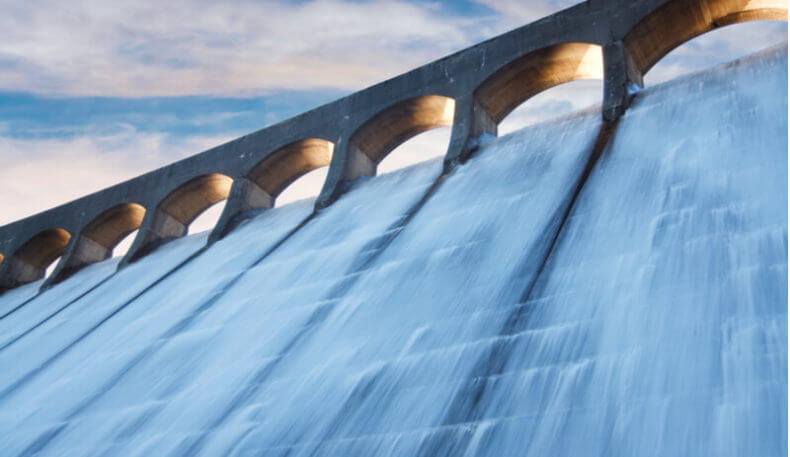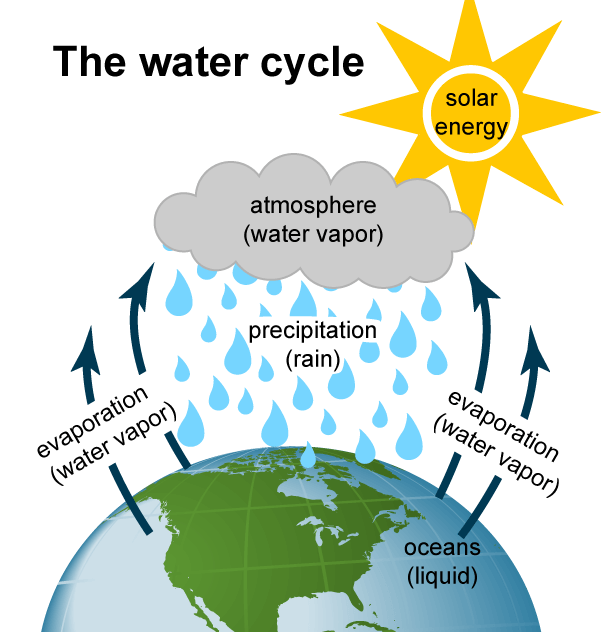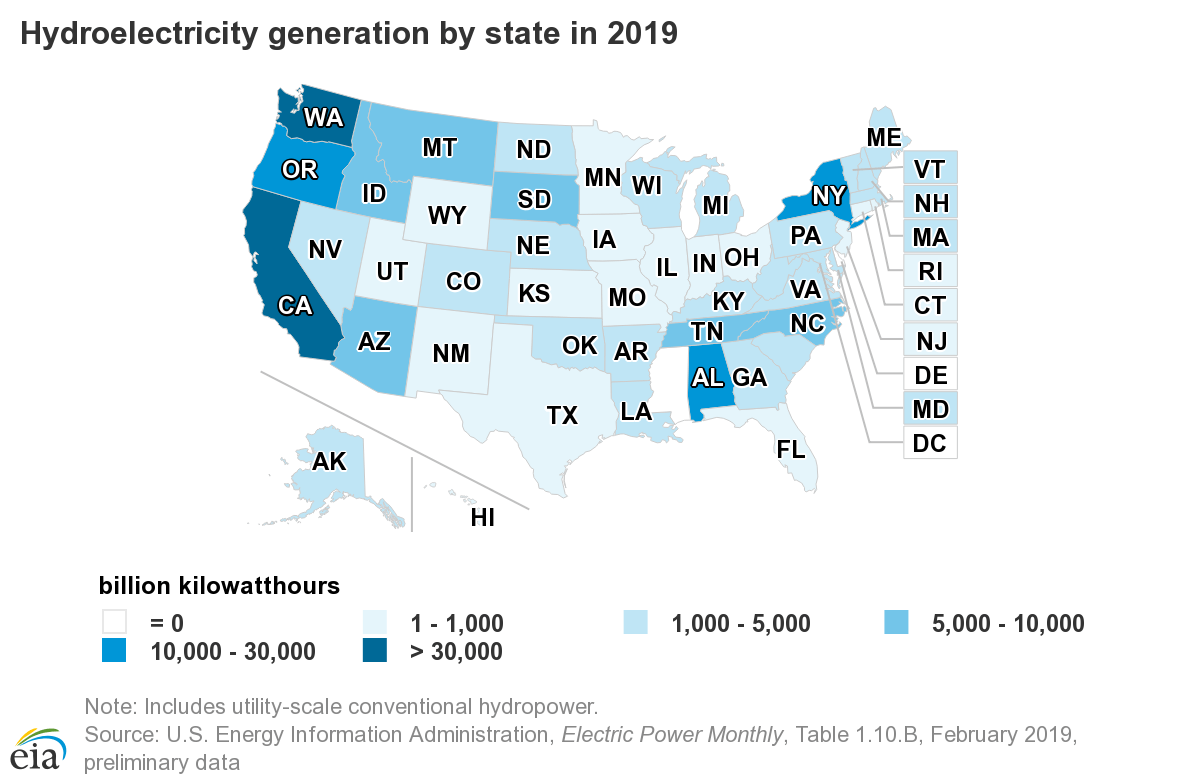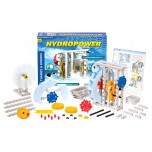 This is the third part in a SaveOnEnergy series discussing the ins and outs of different forms of renewable energy. This series first appeared on SaveOnEnergy.com.
This is the third part in a SaveOnEnergy series discussing the ins and outs of different forms of renewable energy. This series first appeared on SaveOnEnergy.com.
Much like the history of wind power, people have been harnessing the power of water for centuries – a form of energy now known as hydropower. In fact, up until 2019, hydropower was the largest source of total U.S. renewable energy generation.
But how does hydropower produce electricity? Read on to learn the basics of this form of renewable energy.
Hydropower is energy generated from water sources such as rivers, oceans, and waterfalls. It’s important to note that not all bodies of water are viable for hydropower – the body of water must be moving to create electricity.
Because the source of electricity comes from bodies of water, hydroelectric power plants have to be located near or directly on a water source. Most hydroelectric plants are built on or next to dams.
Hydropower generates electricity by directing or channeling moving water to power electric generators. As the water makes its way through turbines in the power plant, the kinetic energy provides energy to the generators, which convert it into electricity. The amount of water falling or flowing determines how much energy can be generated in a certain location.
An important concept to understand when discussing hydropower is the water cycle. There are three steps in the water cycle:
1. Solar energy heats surface water in lakes, rivers, and oceans. This causes the water to evaporate.
2. The evaporated water becomes water vapor, condenses into clouds, and falls back down when it rains or snows.
3. Precipitation ends up back in the bodies of water where it began – lakes, rivers, oceans, etc. – and the cycle begins again.
So, how does the water cycle affect hydropower? The amount of precipitation impacts how much water is available in a certain area that is available to produce hydropower. Changes in the amount of water in an area – whether it’s seasonal or caused by long-term patterns such as a drought – heavily impact whether hydropower will be a viable source of electricity.

Hydropower is a source of clean energy. This means it won’t pollute the air and lead to global warming, which is the case for energy sources such as coal and oil. Additionally, because the water cycle is reliant on the sun, hydropower is a renewable power source, unlike the fossil fuels that are being depleted over time.
What’s more, hydropower can provide benefits other than clean and renewable power. Through controlling water sources, hydroelectric power plants and dams also provide flood control, irrigation and a steady water supply.
While hydropower is certainly a cleaner power source, it does affect the environment. Many hydroelectric power plants were built on dams, which can obstruct fish migration or impact the natural ecosystems in a variety of ways. For instance, dams can change the water’s temperature, river flow, and silt loads – all of which can harm the local plant and animal life.
In all, hydropower can impact the environment negatively. However, it is a form of clean and renewable energy that does not harm the environment in the same way that burning coal does.
It’s possible, although hydropower is much more prominent in some areas than others. There are hydroelectric power plants in every state. Washington, California, Oregon, New York, and Alabama lead the country in hydropower generation.

Hydropower was once a major energy source in Texas. In Texas, hydropower is a less common power source compared to solar and wind power. Currently, hydropower only accounts for one percent of the state’s energy generation, with the Lone Star State generating approximately 998 billion kWh of hydropower in 2019.
As of 2006, the state of Texas had 23 dams producing hydropower. Whether you will be able to find an energy plan using hydropower depends primarily on your location and proximity to the hydroelectric power plants.
If powering your Texas home using renewable energy sources is important to you, your best bet will likely be to invest in solar or wind energy. Another viable option is to find a green energy plan using a combination of renewable resources. Many Texas energy providers offer energy plans powered by 100 percent renewable sources. While solar and wind dominate the Texas energy market, hydropower remains an alternative source of power for many across the country.
Cosper, C. (2020, June 24). Renewable energy rundown: Hydropower: SaveOnEnergy®. Retrieved July 30, 2020, from https://www.saveonenergy.com/learning-center/post/renewable-energy-rundown-hydropower/
Renewable Energy Rundown: Solar Energy
Renewable Energy Rundown: Wind Energy
















Enter the code in the box below: